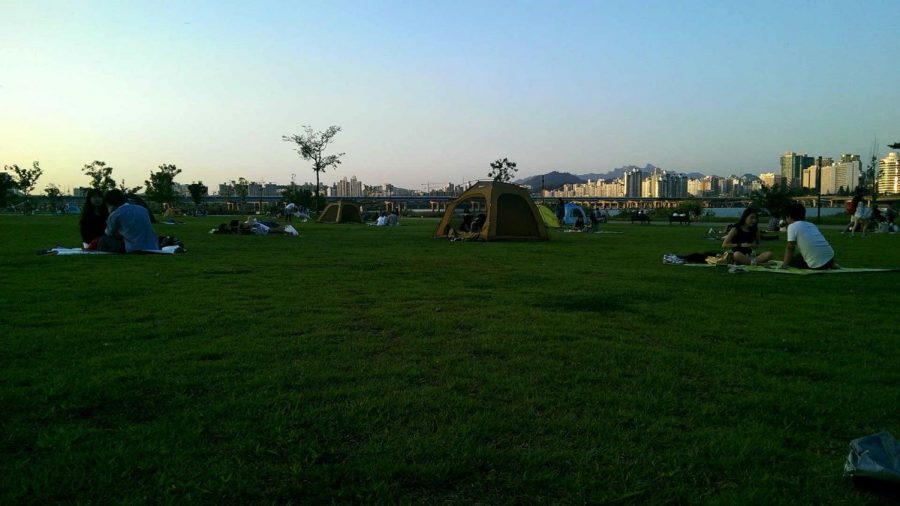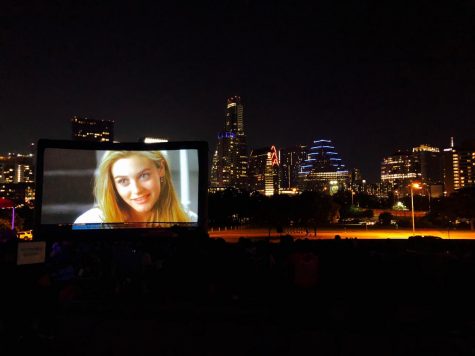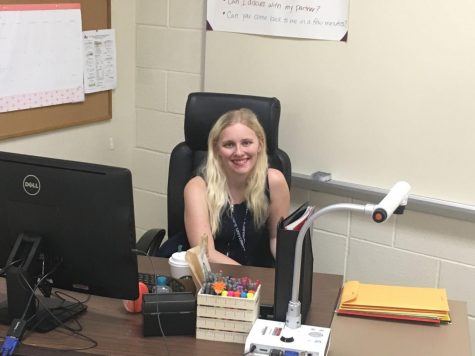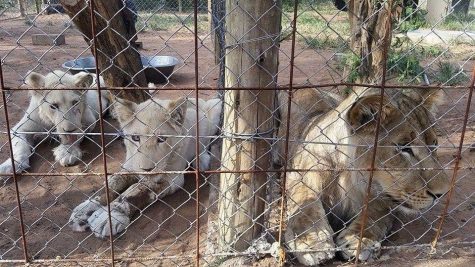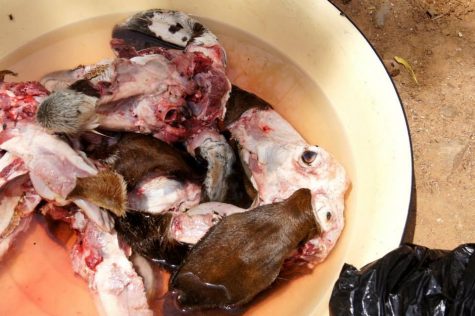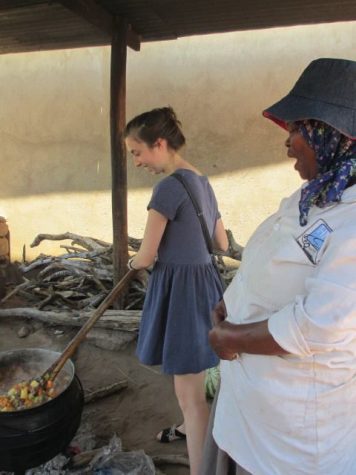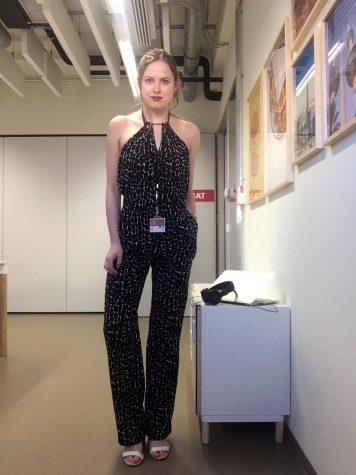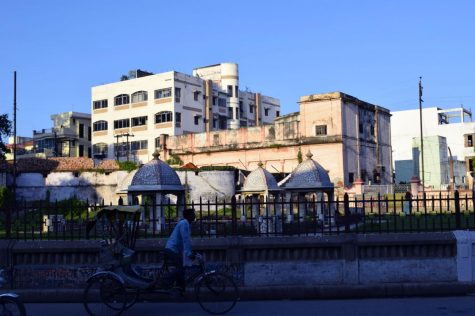SEOUL: First observations from my new home
The Catholic University of Korea is home to approximately 10,000 students, but no more than thirty are from somewhere other than Korea. I am one of them.
I live on campus, in a sort of college town on the western lip of Seoul, the sprawling mega city of over 10 million people that serves as the capital and heart of South Korea. The neighborhood is called Yeokgok and is technically part of the city of Bucheon but is connected to Seoul by rail. I can reach almost anywhere in Seoul within 40 minutes and for less than $1.50. The area is considered to be small but is highly urbanized. While there are no skyscrapers, most buildings are at least six stories tall and there are many 24 hour locations.
The dorm I am staying in on campus is small but highly affordable, very clean and modern. My only real complaint about it is the lack of a kitchen. I’m very used to doing my own shopping and cooking most of my meals for budgetary reasons but that is impossible here.
Luckily, prices in my town are much cheaper than in Seoul. Most meals at restaurants won’t cost you more than the equivalent of about $4. This isn’t because it is a poor region but rather just the way restaurants work in Korea. Even in Seoul, most meals will only cost $9. (I need to look into how this is possible. Expect a whole blog on this because it combines my two favorite subjects, food and economics.) I think pretty soon I will have doubled the amount of times I have eaten out in my life.
The most common question I am asked by Koreans when I first meet them is why I chose Korea. There is almost a humble sense of honor about and it makes me very hesitant to pick my answer. The truth is that St. Edwards had a good relationship with the university here and that was how I made my decision. This is obviously not what I tell people.
Many of them are expecting me to say something about the K-pop music or the dramas that have made the country famous around the world. However, when I tell them of my interest in the food and the culture many are quite surprised. Korea is a country that is notoriously homogeneous and not yet accustomed to foreigners with a fascination with their country.
It is not uncommon in Korea to be blatantly stared at for being a foreigner. It in no way comes across as rude but many Koreans are simply not used to seeing non-Koreans in person. On most days I will see maybe only one non-Korean person who is not my classmate.
Of course if you head into Seoul this can change very quickly. For instance, the one night I went to Hongdae, the famous club district, the streets were crowded with both Koreans and foreigners and you could hear American music bleeding out from the packed clubs. Many of the bars claimed to offer authentic western experiences and advertised western style cocktails.
But to be honest there was always something somewhat off about the places. Something that was just unshakably Korean about the atmosphere. At other times it would feel as if I was at home. In particular when I visited the famous Yeouido park it seemed as if I had stumbled back into Austin. I rented a bike to ride along the river and felt eerily at home.
But maybe that is what Korea is. A crazy mashup of both the traditional and modern western culture. And I know that the best way to survive it is by enjoying the familiar moments and also embracing the ones where everything feels out of place. To me, a true representation of Korea is neither the traditional markets nor the edgy clubs but rather the way in which the two are pressed together in a somewhat surprising but seamless fluidity.


